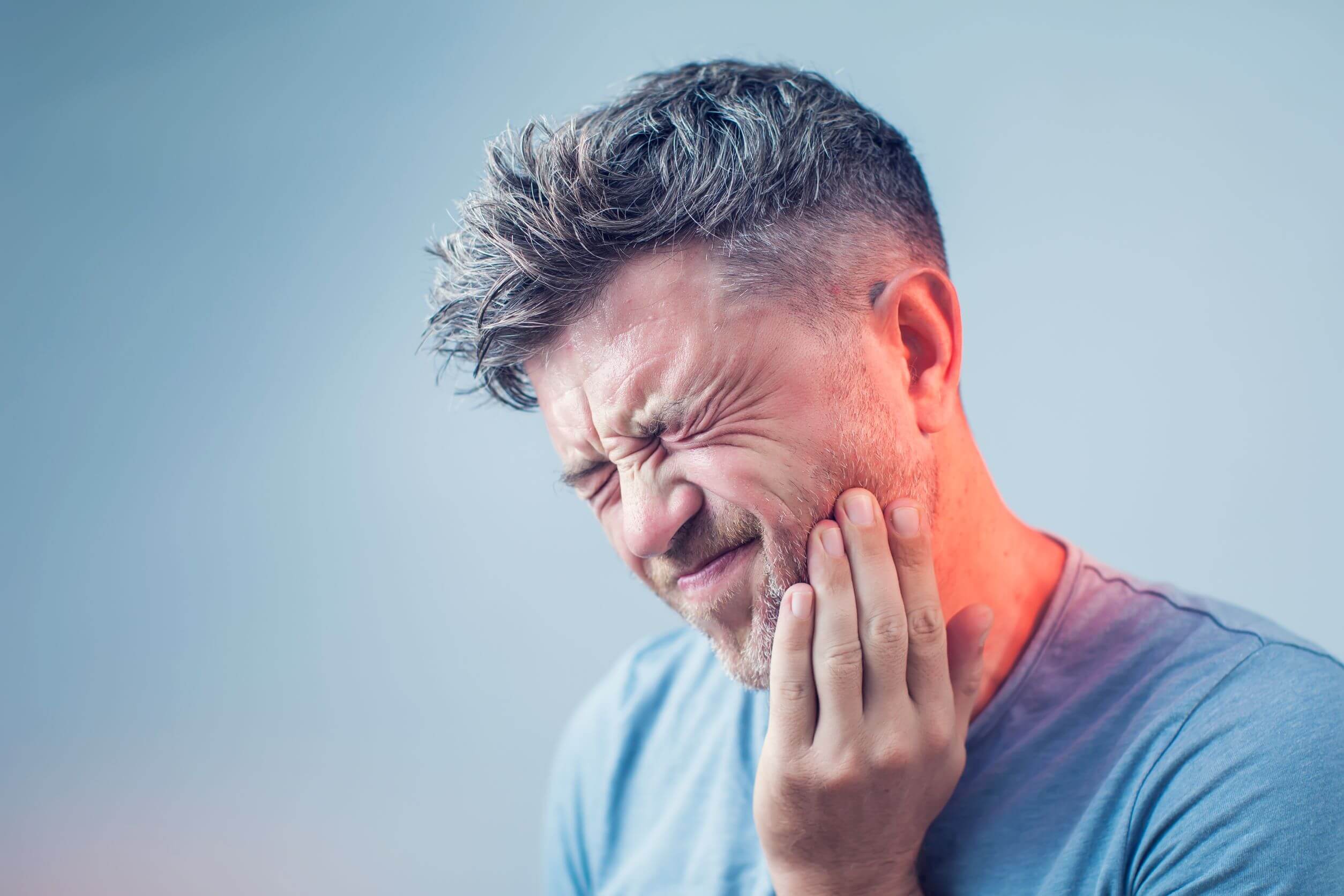Air abrasion is a minimally invasive dental technique used to remove tooth decay and prepare teeth for restorations, such as fillings. This innovative method offers an alternative to traditional drilling, providing a more comfortable and precise treatment option for patients. Understanding how air abrasion works, its benefits, and its applications can help you make informed decisions about your dental care.
How Air Abrasion Works
Air abrasion operates similarly to a miniature sandblaster. Instead of using a mechanical drill, the dentist directs a stream of fine, abrasive particles, typically composed of aluminum oxide or silica, toward the tooth surface. These particles are propelled by compressed air or gas at high speeds. When they strike the decayed or damaged area of the tooth, they remove small amounts of tooth structure without generating heat, vibration, or noise.
The Procedure
- Preparation:
- The dentist will place protective barriers, such as rubber dams, around the treatment area to prevent the abrasive particles from affecting surrounding tissues.
- Eye protection may be provided to shield the eyes from stray particles.
- Application:
- The dentist will direct the air abrasion device at the targeted area of the tooth.
- The stream of abrasive particles removes decayed material or surface stains.
- A suction device is used to remove the particles and debris from the mouth.
- Completion:
- Once the decay is removed, the dentist will clean the tooth and prepare it for restoration, such as a filling, sealant, or bonding.
- The treated area is then polished and smoothed to ensure a proper fit for the restoration.
Benefits of Air Abrasion
Air abrasion offers several advantages over traditional dental drilling:
- Comfort:
- Air abrasion is generally less painful than traditional drilling, often eliminating the need for local anesthesia.
- The absence of heat, pressure, and noise reduces patient anxiety and discomfort.
- Precision:
- The technique allows for precise removal of decayed or damaged tooth material, preserving more healthy tooth structure.
- This precision can result in smaller fillings and more conservative treatments.
- Reduced Risk of Cracks:
- The lack of vibration and pressure minimizes the risk of microfractures in the tooth, which can occur with traditional drills.
- Versatility:
- Air abrasion can be used for a variety of procedures, including removing old restorations, preparing teeth for sealants, and treating minor tooth damage or stains.
Applications of Air Abrasion
Air abrasion is suitable for a range of dental procedures:
- Cavity Preparation:
- Ideal for small to medium-sized cavities, especially in the early stages of decay.
- Useful for preparing teeth for composite resin fillings.
- Sealant Placement:
- Prepares the tooth surface by removing plaque and debris, ensuring better adhesion of dental sealants.
- Stain Removal:
- Effective in removing superficial stains and discolorations from the tooth surface.
- Restoration Removal:
- Can be used to remove old composite fillings and prepare the tooth for a new restoration.
- Enamel Preparation:
- Prepares the enamel for bonding procedures without the need for extensive drilling.
Limitations and Considerations
While air abrasion has many benefits, it also has some limitations and considerations:
- Not Suitable for All Cavities:
- Air abrasion is not effective for deep cavities or those involving significant structural damage.
- It may not be suitable for preparing teeth for crowns or onlays.
- Abrasive Particle Management:
- Proper suction and protective measures are necessary to manage the abrasive particles and prevent irritation to surrounding tissues.
- Cost and Availability:
- Air abrasion equipment can be expensive, and not all dental practices may offer this technology.
- The cost of air abrasion treatments may be higher than traditional drilling.
- Patient Preference:
- While many patients prefer air abrasion for its comfort, some may still require or prefer traditional drilling for certain procedures.
Conclusion
Air abrasion represents a significant advancement in dental care, offering a comfortable, precise, and minimally invasive alternative to traditional drilling. By understanding the benefits and applications of air abrasion, patients can make more informed decisions about their dental treatments. If you are interested in air abrasion, consult with your dentist to determine if this technique is suitable for your specific dental needs. Regular dental check-ups and discussions with your dental care provider will help you maintain optimal oral health and explore the best treatment options available.




